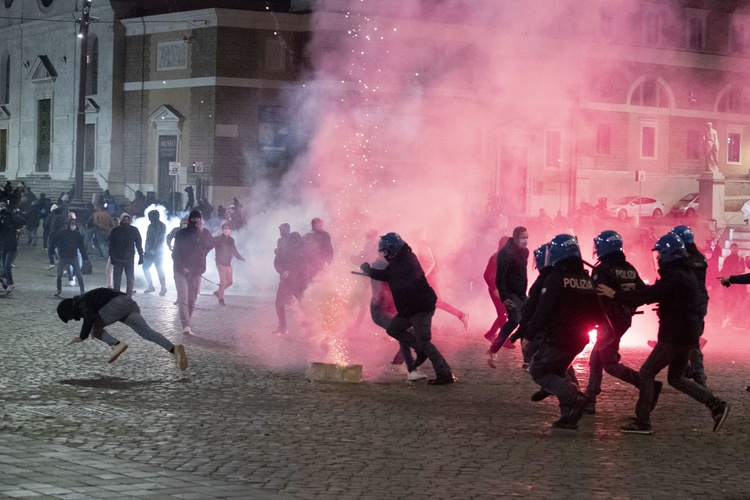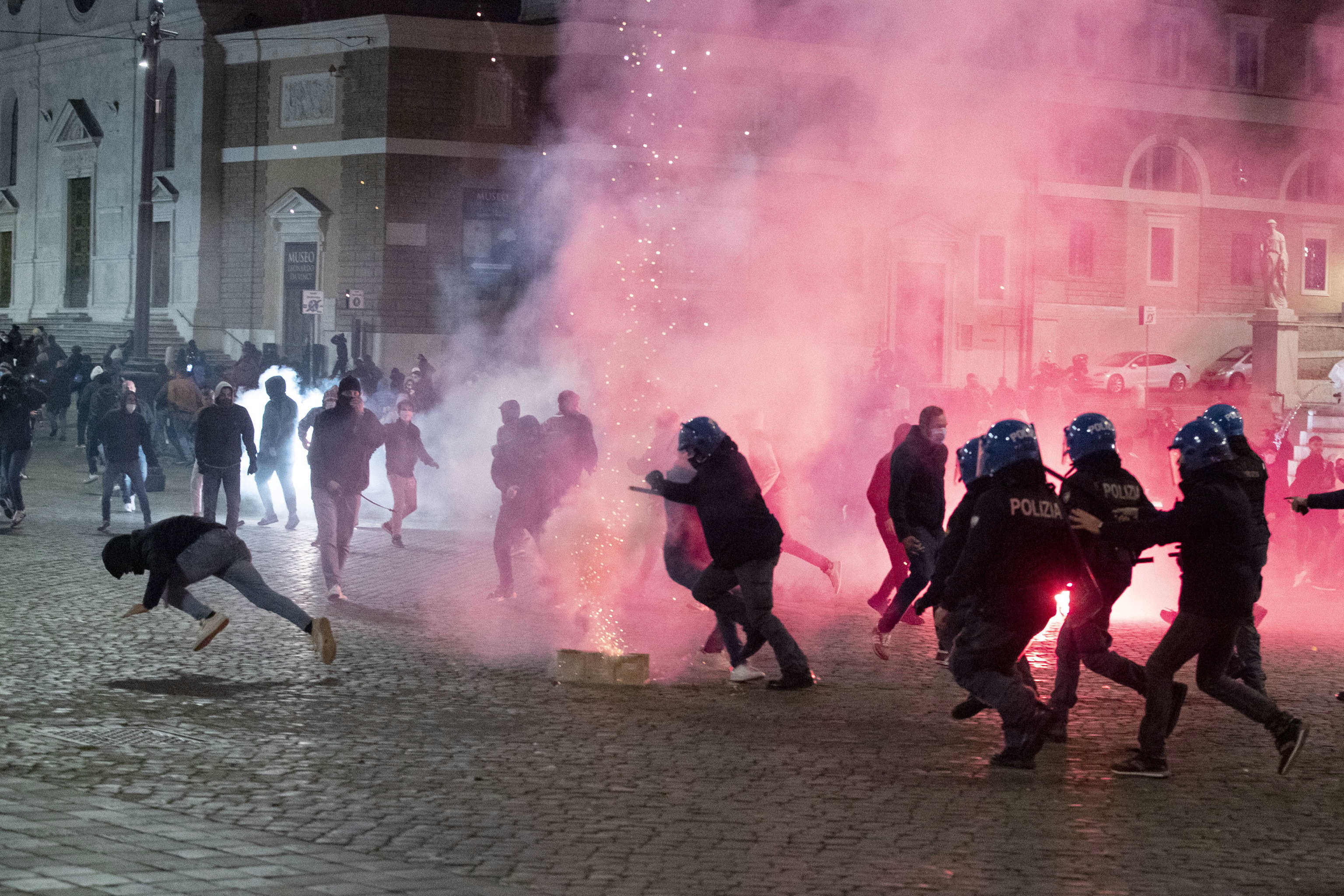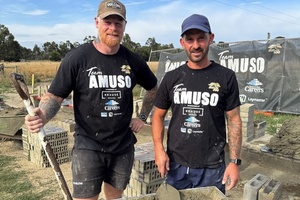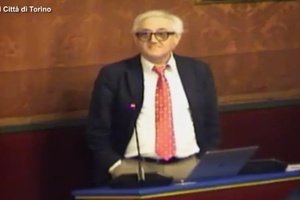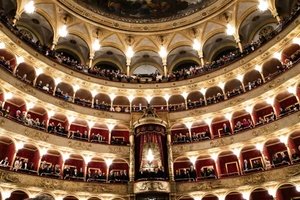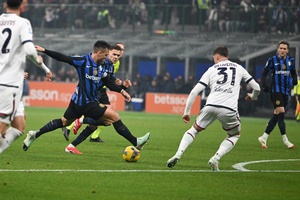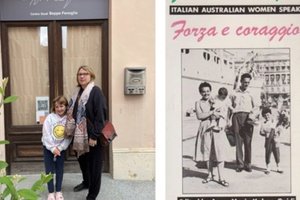It comes as Italy registered a record 21,273 new cases of the virus on Sunday, as well as 128 deaths since the day before.
The new decree goes into effect on Monday and will be valid until November 24.
After the last two decrees were signed on October 13 and 18, health experts and local politicians continued to urge the government to enforce far stricter measures in view of the sharply rising contagion curve, and warned that tracing and testing was no longer enough to control the surge in Italy’s biggest cities.
Worried about crippling Italy’s stagnant economy, especially after 10 weeks of a severe lockdown earlier in the pandemic, Italian Prime Minister Giuseppe Conte opted against another nationwide lockdown.
“Our aim is to protect our health and the economy,” Conte said.
“The aim is clear: to keep the contagion curve under control, because that is the only way can we manage the pandemic without being overwhelmed by it.”
Restaurant and bar owners had lobbied hard against the new measures, which order them to close at 6:00 pm.
Most restaurants in Italy usually don’t even start to serve dinner before 8:00 pm.
Cafes and restaurants were allowed in recent months to reopen for outdoor dining or limited indoor seating.
But many are struggling to pay their bills and some have already failed to survive after tourists were banned from the United States and many other countries.
Conte promised financial aid from his centre-left government as soon as November to the food sector and noted that cafes and restaurants can do delivery and takeout orders until midnight.
But before the curfew, no more than four diners will be allowed per restaurant table, unless they are from the same family.
Under the new rules, ski slopes are off-limits to all but competitive skiers and all spectators are banned from stadiums during professional sports matches, including soccer.
Receptions after religious or civil ceremonies like weddings are forbidden.
People must still wear face masks at all times in public, both outdoors and indoors.
The decree continues to exclude children younger under the age of six and those exercising outdoors from wearing face masks.
People with medical conditions which prevent them from wearing a face mask are also exempt.
The new decree keeps elementary and middle schools open but secondary schools across the country will be required to teach at least 75 per cent of lessons online.
Crowding on public transit, especially since schools reopened last month, has concerned health authorities.
By early summer, after Italy’s lockdown was all but lifted, new virus caseloads had dropped as low as 200 a day.
But the nation has recently seen a spike in cases, in both the north where the outbreak first surfaced, and in the southern regions, which largely avoided the first wave of infections.
“These are difficult days,” Health Minister Roberto Speranza said on Sunday.
“The curve of contagion is growing in the world.
“And in all of Europe, the wave is very high.
“We must react immediately and with determination if we want to avoid unsustainable numbers.”
Several Italian regions and cities recently slapped on overnight curfews to prevent crowds from congregating outdoors, especially to drink.
But Conte said given the approaching cold weather, people would prefer to socialise inside at bars and restaurants instead, so that’s why he ordered them to close early.
On Friday, demonstrators in Naples protested an 11:00 pm to 5:00 am curfew and clashed with police.
On Saturday night, far-right and neo-fascist political groups led a similar protest in Rome against the Italian capital’s curfew.
Conte said he understood the frustration of citizens, whose incomes and way of life are being heavily hit by the restrictions.
“I’d feel angry towards the government too,” he said.
But he noted that authorities had determined that the protests were also fuelled by agitators.

